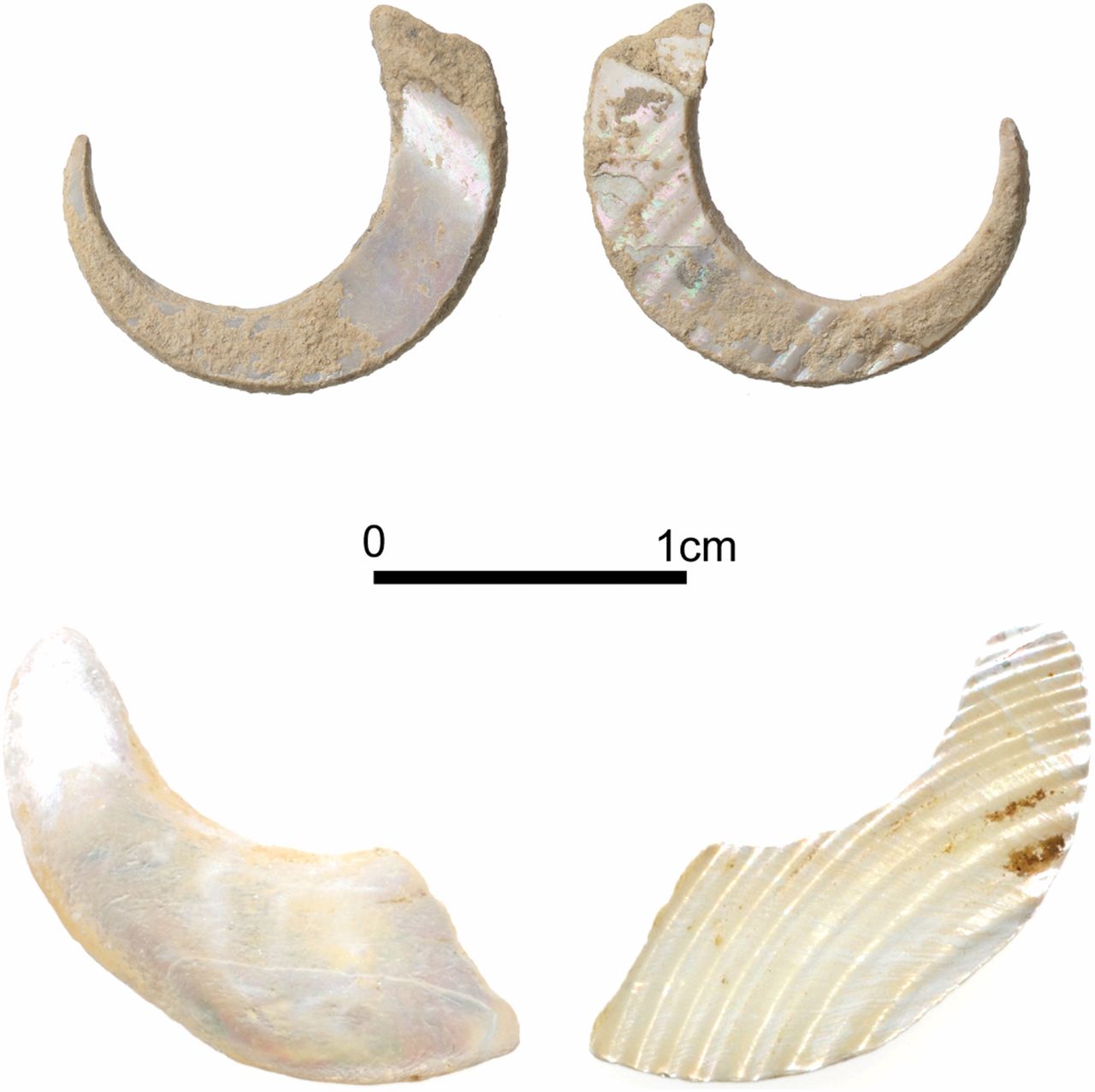Deep within a cave on the southern tip of Okinawa Island, Japan, a team of researchers has unearthed a remarkable discovery – what are believed to be the oldest fishing hooks ever found. This find, detailed in a new paper published in Proceedings of the National Academy of Sciences, challenges long-held beliefs about the timeline of human maritime adaptation.
The Sakitari Cave site has been under excavation since 2009, revealing clues about how early humans navigated life on this resource-scarce island. Prior evidence suggested human visits to Okinawa for over 50,000 years, but little indicated permanent settlements until modern times. However, these newly discovered fishhooks, meticulously crafted from seashells, paint a different picture. Dating back a staggering 23,000 years, they hint at a continuous human presence on the island for millennia.
Beyond the fishhooks, the researchers found evidence of a varied diet enjoyed by these early inhabitants. Charred remains of frogs, birds, small mammals, and even eels suggest a well-rounded menu. Notably, some of these finds were cooked, indicating the use of fire for food preparation. This adds to previous discoveries at the cave, which include human remains, handcrafted beads, and a potential grindstone. Interestingly, archaeologists also unearthed cooked lobster remains, seemingly harvested during the fall – prime lobster season known for its superior flavor.
These fishhooks represent a significant leap in maritime technology. They were crucial for human expansion across island chains, enabling access to a wider range of resources and geographical reach. The team’s research even hints at artifacts suggesting human presence on Okinawa as far back as 35,000 years ago.
This discovery rewrites the narrative of early human interaction with the sea. The ability to fish effectively facilitated human migration across vast stretches of ocean much earlier than previously believed. The findings from the Sakitari Cave site offer a fascinating glimpse into the lives of these resourceful and adaptable early humans, painting a picture far richer and more complex than previously imagined.
